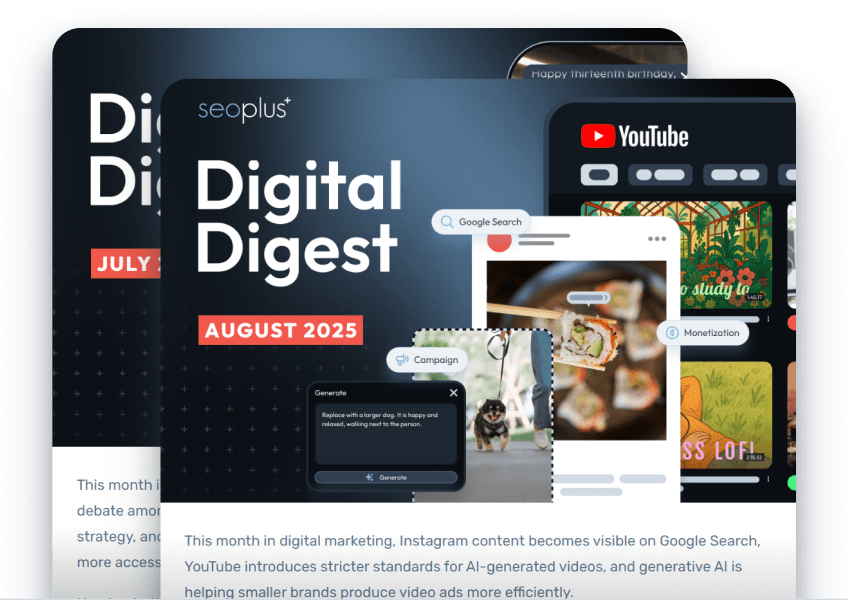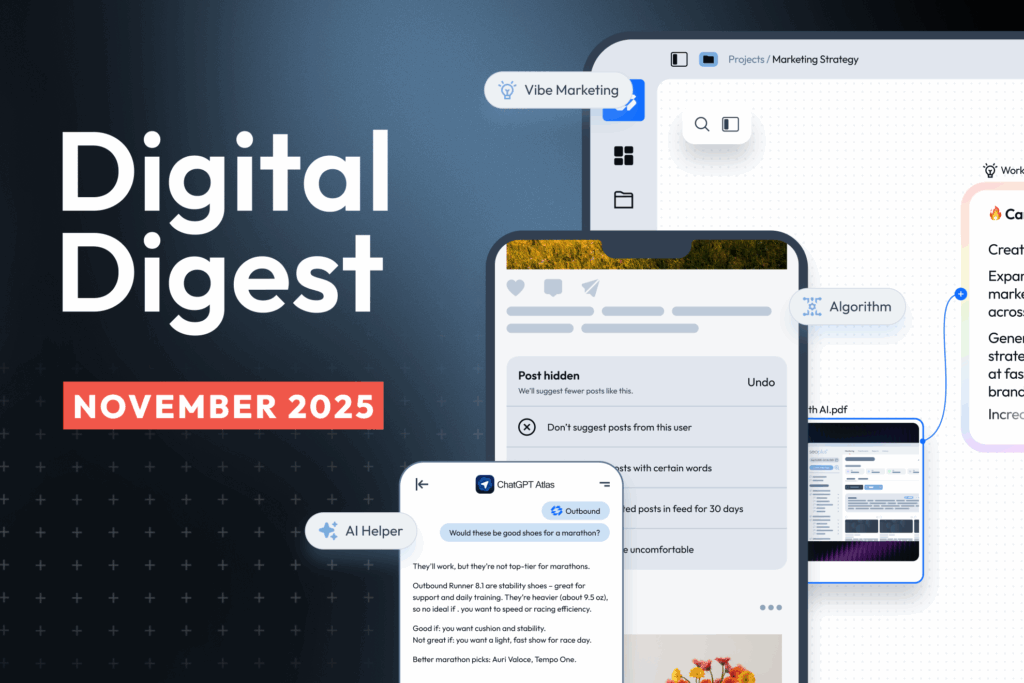This year, we’re written and talked a lot about AMP. The Accelerated Mobile Pages (AMP) Project is an open source initiative with the aim of making mobile page loading virtually instant. We all know the pain of clicking an interesting headline on Facebook, only to give up when the page takes forever to load (even though “forever” is just 5 seconds). We all do the same thing when we click a Google search result on our phones, and frantically click back to the search page because the Cowboys’ score update didn’t load fast enough. You’re reading an article, but the squished layout, invasive ads, and annoying interstitials ruin the experience. In an increasingly mobile world, accessibility and speed are more important than ever.
We love the AMP project, and we’ve been championing it even though at the moment it’s mostly publishers and big names that are taking advantage. We even had an AMP version of our blog post “Friendly Reminder: Google Now Penalizing Widget Links” temporarily appear on page #1 for the keyword “Google.” Yes, you read that right! Our AMP article appeared in the Google mobile search carousel for the search monolith’s own branded keyword.
Don’t count yourself out. Whether you run a small local business, an ecommerce store, or an enterprise-level B2B company, AMP serves a purpose and will help you get a leg up on the competition that still sees mobile browsing as a trend.
Let’s recap what AMP is:
- AMP is a straightforward method of building fast-rendering web pages for static content. In essence, AMP strips down your website pages to very little code with virtually no plugins, all the while taking advantage of schema markup.
- AMP is an enhancement of HTML coding designed to reduce bloat and guarantee lightning-fast loading times. AMP HTML builds on existing web technologies and can be painlessly implemented by designers and developers familiar with the current process. AMP can be manually generated or integrated via plugins in a content management system (CMS).
- All types of content can be optimized with AMP, ranging from news stories and blogs to images, GIFs, and videos.
- The greatest benefit of the AMP project is that it is an open ecosystem. Rather than individual publishers and platforms attempting to devise a proprietary speed solution that only works in one environment, this project is open source, accessible, flexible, and universal. With one-time optimization, content now loads instantly anywhere, anytime.
Introducing the AMP testing tool
When you make an AMP page, it’s important to make sure the AMP markup is actually valid. That’s why today Google introduced an AMP testing tool to verify that your AMP page is valid, and recommend fixes if it’s not.
The tool uses a real Googlebot to test the AMP code and structured data on the page. It will flag any issues, provide details, and highlight the instances in the source code for easy fixing. Once the code is fixed, you can check out a preview of how the page appears in Google search results. You can also share your results with other team members to improve collaboration.
You can access the AMP testing tool via Google’s Search Console.
Google is a leader in the AMP revolution, and they want you to get it right. Using AMP can improve the mobile experience for your visitors and help increase page views and session duration, and lower bounce rates. Talk about a win-win.






